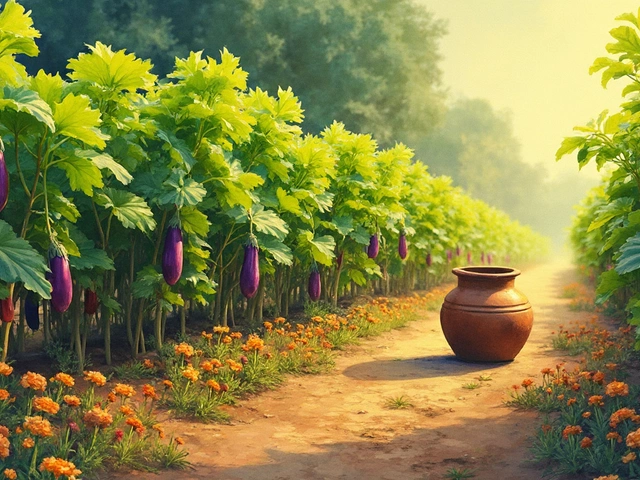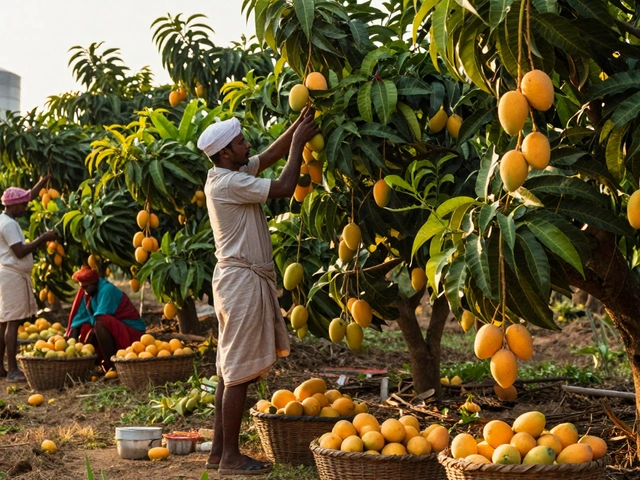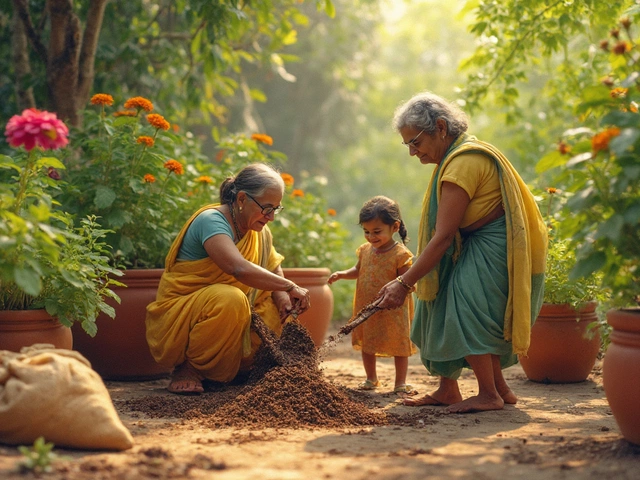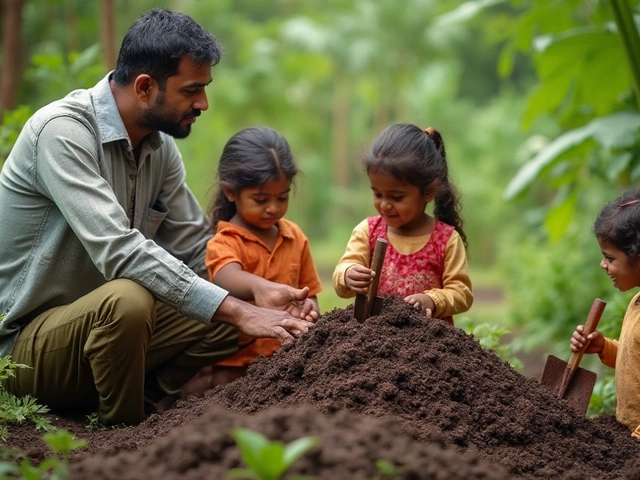India Nature: Practical Gardening Tips for Indian Gardens
India’s climate gives us everything from monsoon rain to scorching summer, so gardening here needs a bit of local know‑how. On this page you’ll find quick, hands‑on advice that works for small balconies, big backyards, and everything in between. Let’s skip the jargon and get straight to what you can try today.
When Do Flowers Bloom in India?
Knowing the blooming calendar helps you plan a garden that’s colorful all year. In most of North India, Marigold and Jasmine start showing color in October and keep going till February. South India gets a longer show‑off: Hibiscus, Bougainvillea, and Frangipani often burst in March and stay vivid through June.
If you live in the coastal zones, try planting Lotus and Plumeria in June – they love the humidity. In the Himalayan foothills, try Rhododendron and Edelweiss around April when the meltwater makes the soil moist. Picking the right month means you’ll spend less on fertilizers and more on watching the flowers grow.
Save Water with Smart Irrigation & Eco‑friendly Yard Ideas
Water is pricey and scarce in many Indian regions, so a drip system can be a game changer. Lay the drip lines just a few centimeters under the soil and set the flow to a slow trickle. This method cuts evaporation and directs moisture right to the root zone. If the upfront cost feels high, start with a small drip tape for your vegetable bed and expand later.
Mixing compost into heavy soil not only improves texture but also makes the soil hold water longer. Add a layer of mulch – dry leaves, shredded coconut husk, or even newspaper – to keep the soil cool and reduce the need for frequent watering.
For a truly eco‑friendly yard, choose native plants. They need less water, resist local pests, and attract beneficial insects. Good picks are Indian Gooseberry, Neem, and the hardy Lantana. Pair these with a rainwater harvesting barrel and you’ll have a garden that feeds itself for most of the year.
Got a tiny balcony? Hang a vertical garden using recycled plastic bottles or old pallets. It saves space, looks cool, and gives you fresh herbs without digging a big hole. Just make sure the containers have good drainage and a light feed of liquid fertilizer once a month.
Remember, the best garden is the one you enjoy tending to. Start with a few easy plants, watch how they respond to the weather, and adjust your watering schedule as you learn. With the right timing for blooms and a water‑smart approach, your Indian garden can stay vibrant, healthy, and low‑maintenance all year long.
Discovering Native Indian Plants: A Seasonal Guide
India's diverse climate and geography have cultivated a rich array of native plants intrinsic to its culture and ecology. This guide explores the fascinating world of India's indigenous flora, shedding light on their seasonal growth patterns, significance, and uses. From the sacred banyan tree to the aromatic sandalwood, these plants contribute to the environmental tapestry and societal traditions of the region. Whether you are a gardening enthusiast or a cultural explorer, understanding these plants offers a window into India's natural beauty. Join us as we journey through the seasons to discover the vibrant foliage that calls India home.
About
Seasonal Plants
Latest Posts


Are Potatoes Native to India? Discover the Truth
By Alden Thorne Apr 7, 2025

Most Profitable Fruit Farming in India: Top Crops and Real Returns
By Alden Thorne Dec 1, 2025

Worm Castings: The Secret Weapon for Better Garden Soil
By Alden Thorne May 30, 2025

